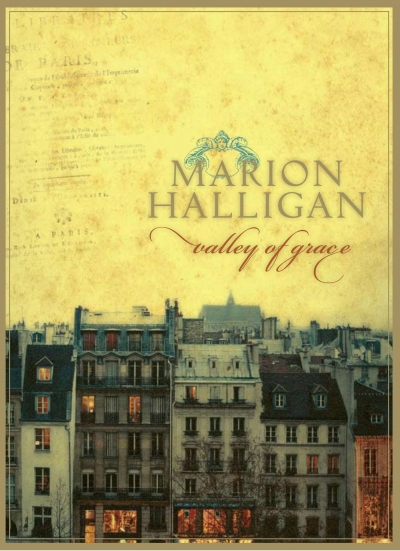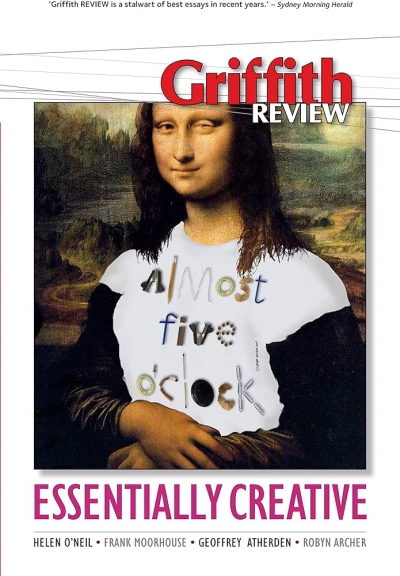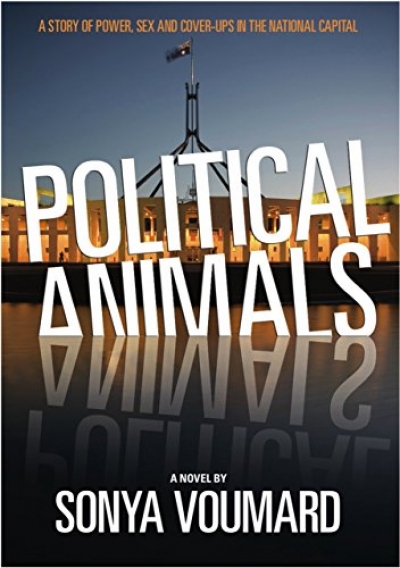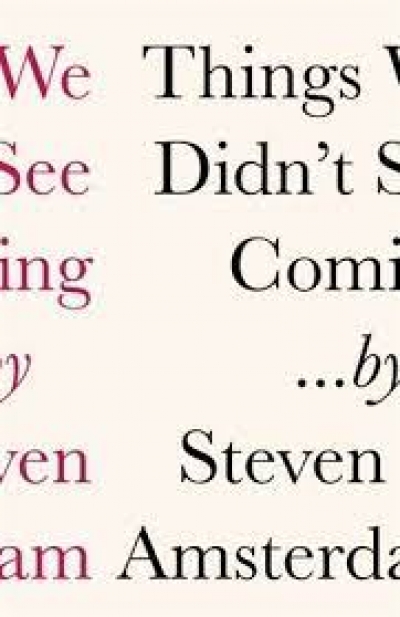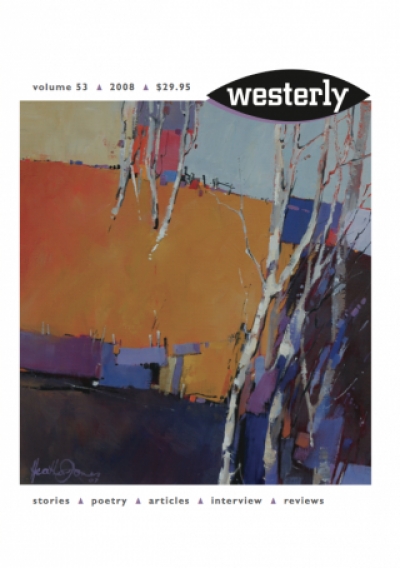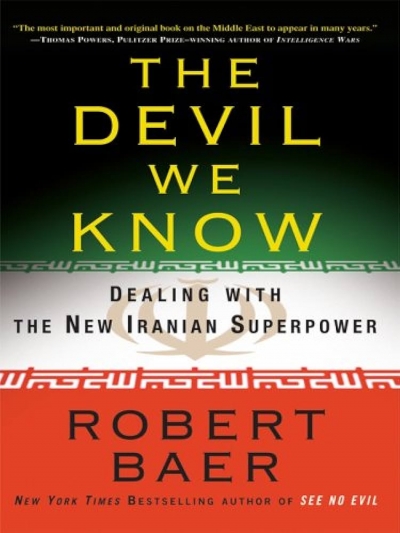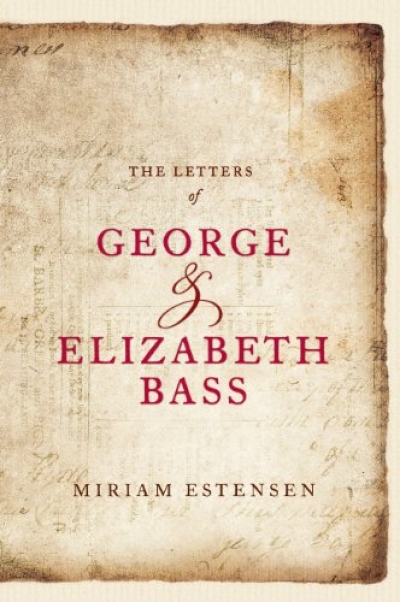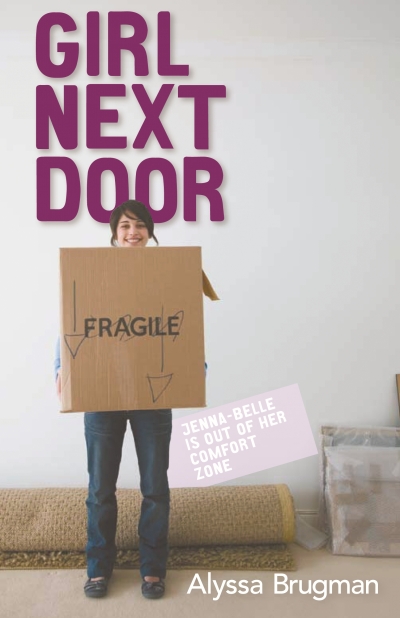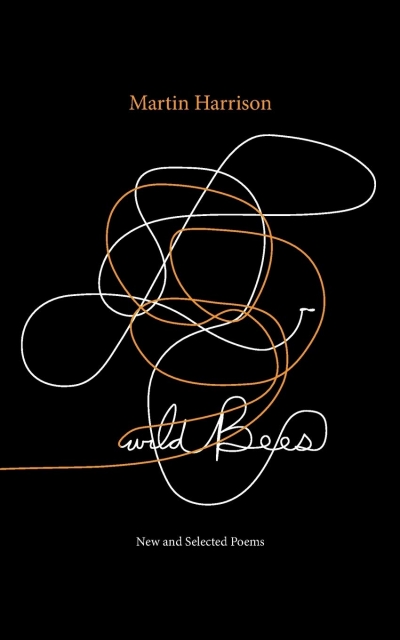In their introduction, editors Delys Bird and Dennis Haskell explain that in 2009 their annual journal will become a twice-yearly publication (a move first announced in 2007, but delayed due to funding shortfalls). A new, mid-year issue will be devoted to ‘creative work’, so Westerly’s format for end-of-year reviews – surveys of fiction, non-fiction and poetry – may remain; but all three reviewers here make highly respectable jobs of labour-intensive tasks. Roger Bourke’s fiction survey identifies Alex Miller’s Landscape of Farewell as ‘easily the most memorable and rewarding Australian novel of 2007–08’. Meriel Griffiths considers mostly new work from established poets, but her quotes from Jennifer Kornberger’s début collection, I Could Be Rain, suggest a poet worth reading. Ron Blaber’s non-fiction appraisal – sadly in need of a proofread – engages when he uses Anna Haebich’s Spinning the Dream: Assimilation in Australia 1950–1970 as a vehicle to interpret recent biographies of Kerry Packer, John Howard and Ronald Wilson.
...
(read more)

